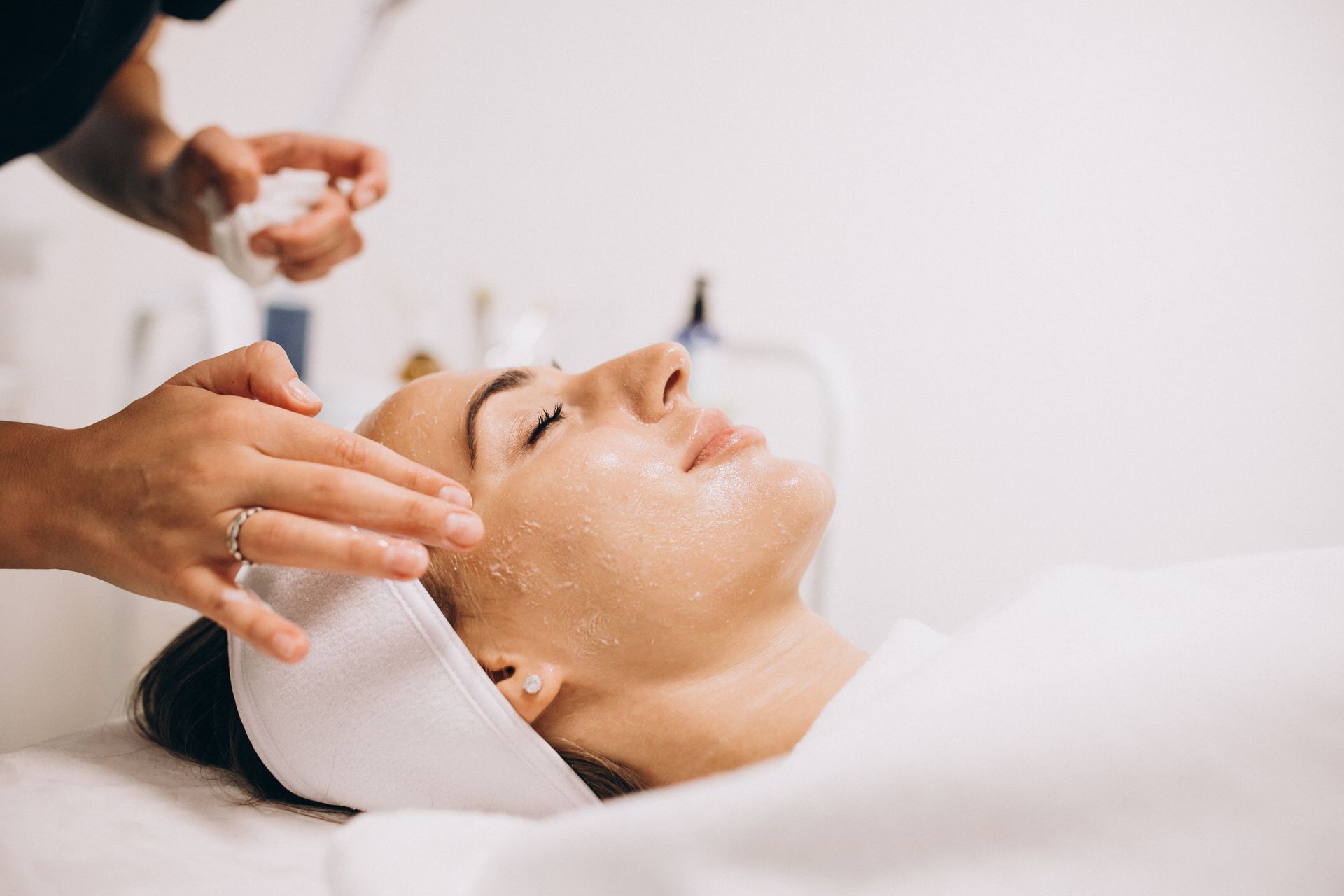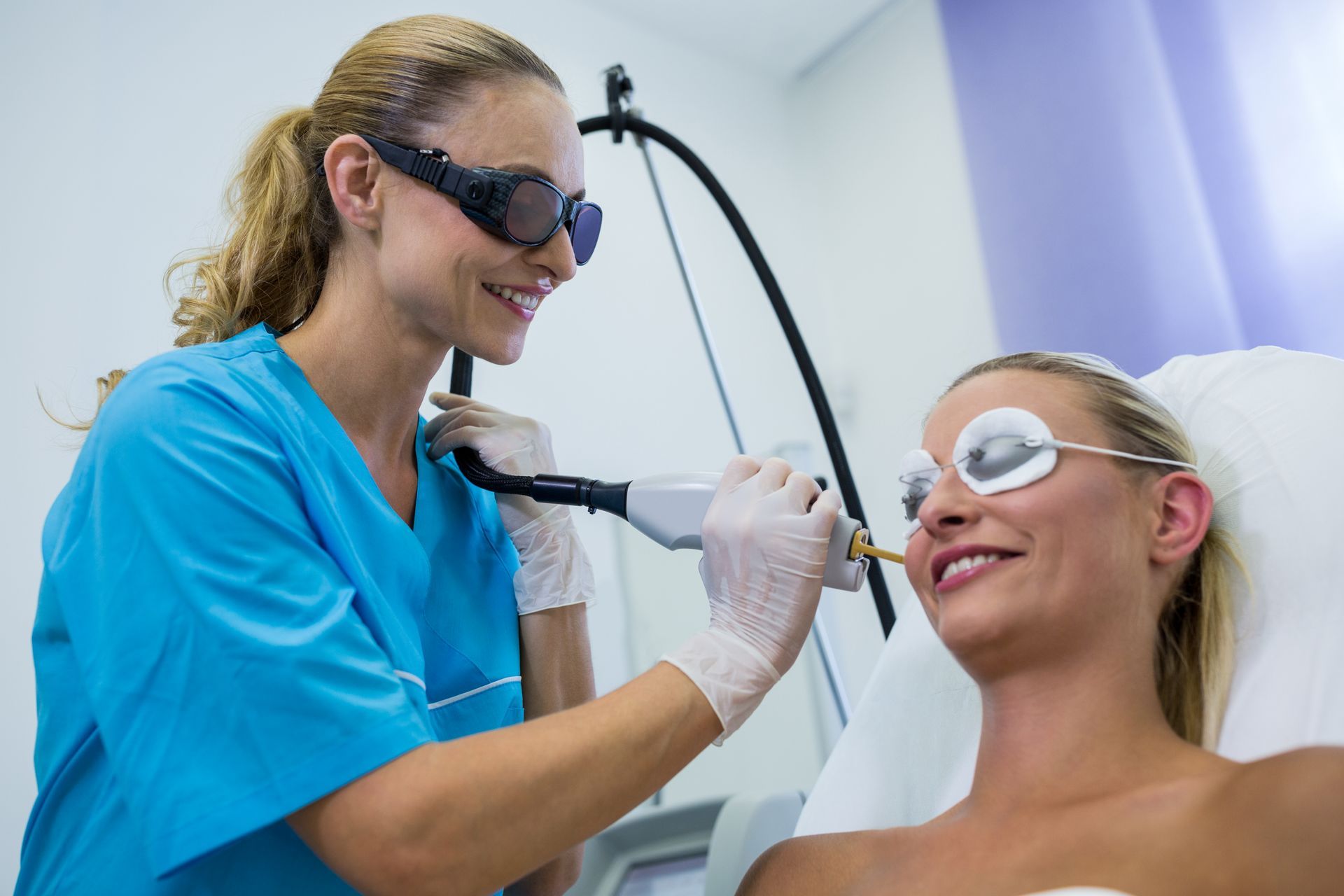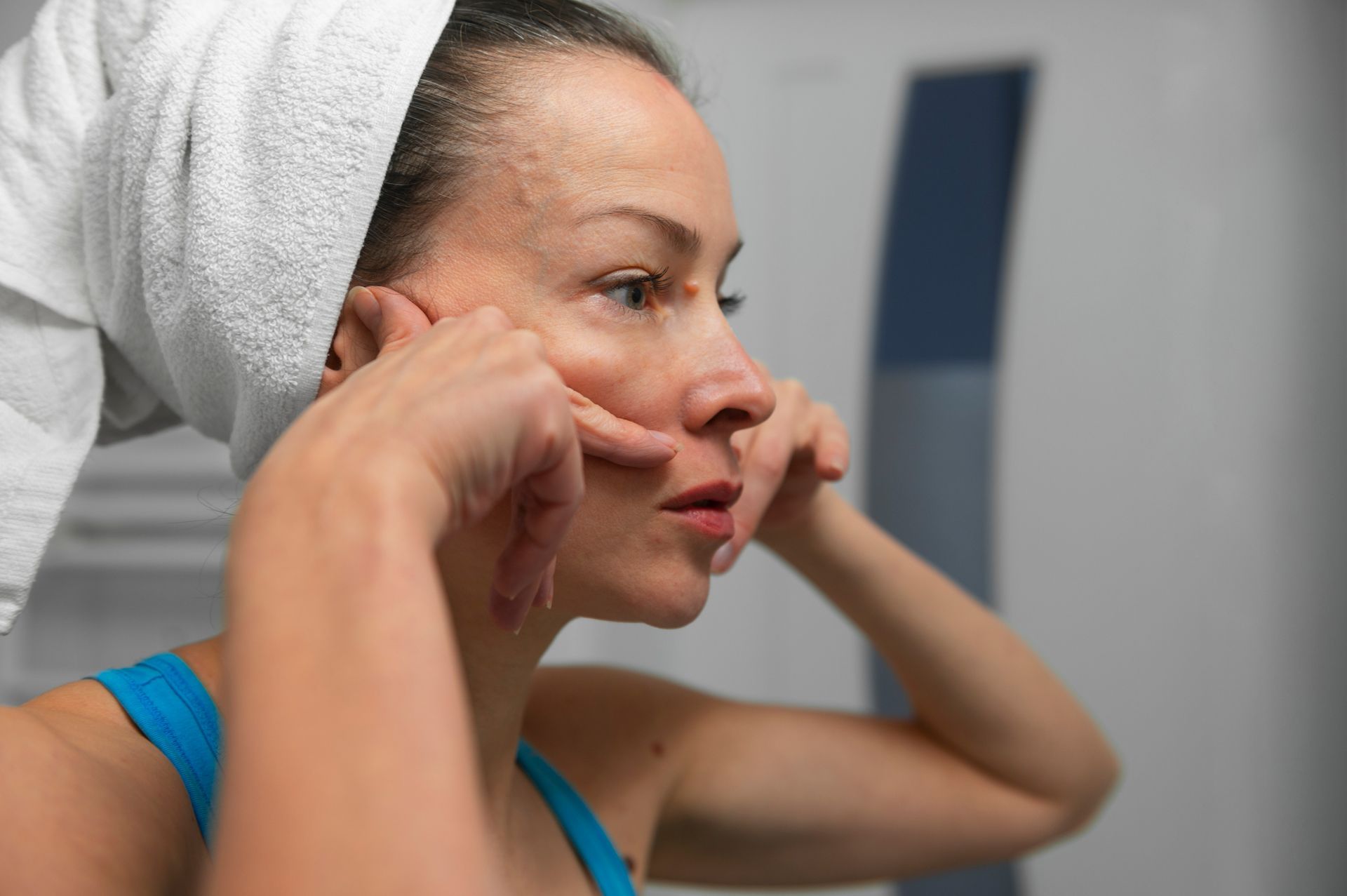Is Laser Hair Removal for the Bikini Line Painful?
In the ever-evolving landscape of personal grooming, the quest for a smooth and hair-free bikini line has become a prevalent pursuit. One method that has gained considerable attention in recent years is laser hair removal, promising a longer-lasting solution compared to traditional methods. However, a pertinent question looms over this cosmetic procedure – Is laser hair removal for the bikini line painful?
Laser hair removal, a non-invasive cosmetic procedure, has become a cornerstone in the realm of aesthetic treatments. It involves the use of concentrated beams of light to target and eradicate hair follicles, hindering the regrowth of unwanted hair. As
technology continues to advance, the efficacy and accessibility of laser hair removal have surged, prompting individuals to explore this option for various body areas, including the sensitive and intimate bikini line.
Growing Popularity of Bikini Line Hair Removal
The bikini line, an area prone to discomfort during traditional hair removal methods, has witnessed a surge in popularity for laser hair removal. With the societal emphasis on body positivity and personal grooming, individuals are increasingly seeking long-term solutions that afford them the freedom to confidently embrace swimwear and intimate settings. This shift in preferences has propelled the bikini line to the forefront of laser hair removal discussions, prompting an exploration of the potential pain associated with this widely sought-after procedure. In this exploration, we delve into the nuances of laser hair removal for the bikini line, addressing common concerns and shedding light on the experiences of those who have ventured into this realm of cosmetic enhancement.
A Brief Overview Of Laser Hair Removal
Laser hair removal operates on the principle of selective photothermolysis, a process where laser energy is absorbed by the melanin in hair follicles. The melanin, responsible for hair color, absorbs the light, which is then converted into heat. This heat damages the follicle, inhibiting its ability to produce new hair. It's crucial to note that the effectiveness of laser hair removal is maximized when there is a stark contrast between the color of the hair and the surrounding skin, making it particularly effective for individuals with light skin and dark hair.
The process is carried out using specific wavelengths of light that penetrate the skin without causing harm to the surrounding tissue. As the hair follicles absorb the laser energy, the intense heat generated
disrupts their growth cycle. Over multiple sessions, this leads to a significant reduction in hair growth, and in some cases, long-term hair removal.
The Bikini Line and Laser Hair Removal
The bikini line holds significant importance in personal grooming, contributing to one's sense of confidence and comfort, especially in intimate settings or when donning swimwear. Traditional methods of grooming, such as waxing or shaving, often come with temporary relief but may lead to irritation, ingrown hairs, or the need for frequent maintenance. Laser hair removal offers a more enduring solution, making it an increasingly popular choice for individuals seeking a hassle-free and long-term approach to bikini line grooming.
When it comes to the bikini area, precision and customization are paramount. The specific concerns and preferences of individuals vary, leading to different approaches in laser hair removal. Whether opting for a full Brazilian, a standard bikini line treatment, or addressing specific areas, the procedure can be adapted to meet individual needs. Practitioners take into account
skin sensitivity and tailor the treatment parameters to ensure optimal results with minimal discomfort. Understanding the specifics of laser hair removal on the bikini line empowers individuals to make informed decisions about their grooming choices, aligning with their preferences and lifestyle.
Pain Perception in Laser Hair Removal
Despite its widespread popularity, laser hair removal is often accompanied by misconceptions regarding pain levels. One common misconception is that the procedure is excruciatingly painful. In reality, pain perception varies among individuals, and advancements in technology have significantly reduced discomfort. Understanding the actual experience can dispel unfounded fears and contribute to a more informed decision-making process for those considering laser hair removal.
Common misconceptions may stem from outdated information or individual experiences that don't reflect the advancements in laser technology and pain management techniques. This section aims to clarify these misconceptions and provide a realistic perspective on the discomfort associated with laser hair removal.
Factors Influencing Pain Sensation
Pain perception during laser hair removal is subjective and influenced by various factors. Skin sensitivity, individual pain tolerance, and the specific body area being treated all play roles in determining the level of discomfort. The Fitzpatrick skin type, which categorizes skin based on its response to sun exposure, also affects pain perception during the procedure.
Understanding these factors helps individuals set realistic expectations and allows practitioners to customize the laser settings to minimize discomfort. Open communication with the laser hair removal technician ensures a personalized approach, taking into account individual considerations that may influence pain sensation.
Pain Management Techniques
Topical anesthetics are commonly used to manage pain during laser hair removal. These numbing creams or gels are applied to the treatment area before the procedure, desensitizing the skin and reducing the sensation of pain. While they can be effective, their efficacy varies among individuals, and some may still experience mild discomfort.
Understanding the role of topical anesthetics and discussing their use with the practitioner beforehand allows for a collaborative approach to pain management. Practitioners may recommend specific products or offer alternative strategies based on the individual's needs.
Cooling devices are integral to enhancing the comfort of laser hair removal treatments. These devices use various methods, such as cryogen sprays or cooled tips, to cool the skin before, during, or after each laser pulse. Cooling minimizes the heat sensation, making the procedure more tolerable.
The role of cooling devices extends beyond pain management; they also help protect the surrounding skin from potential thermal damage. The incorporation of cooling techniques is a testament to the ongoing efforts within the cosmetic industry to prioritize patient comfort and satisfaction during laser hair removal procedures.
Varied Perspectives on Pain
Pain perception is highly subjective, and individuals may experience bikini line laser hair removal differently. Collecting varied perspectives on pain encompasses a range of experiences, from those who found the procedure virtually painless to those who encountered some discomfort. Understanding the diversity in pain experiences ensures that potential candidates are aware of the spectrum of sensations and can better gauge their own tolerance levels. Incorporating diverse perspectives also highlights the impact of factors such as skin type, individual pain thresholds, and the use of pain management techniques.
Choosing the Right Professional
The success and safety of laser hair removal depend significantly on the expertise of the practitioner performing the procedure. Emphasizing the importance of qualified professionals underscores the need for individuals to seek out licensed and experienced practitioners for their bikini line laser hair removal. Trained professionals understand the intricacies of skin types, laser settings, and individualized approaches, minimizing the risk of adverse effects.
Highlighting the qualifications of practitioners also instills confidence in individuals considering the procedure, knowing that their treatment is in the hands of professionals who adhere to industry standards and best practices. Arming individuals with the knowledge to inquire about these aspects ensures that they are actively involved in the decision-making process, contributing to a positive and well-informed experience. Choosing the right professional involves not only assessing qualifications but also establishing clear communication and understanding between the practitioner and the individual seeking laser hair removal.
Aftercare and Recovery
After undergoing bikini line laser hair removal, proper aftercare is essential for ensuring optimal results and minimizing any potential side effects. Detailed instructions help individuals navigate the crucial period following the procedure, promoting a smooth and comfortable recovery.
Additionally, understanding the importance of moisturizing, using sun protection, and attending follow-up appointments contributes to the overall success of the treatment. Providing clear post-treatment guidelines empowers individuals to actively participate in their aftercare and enhances the long-term benefits of bikini line laser hair removal.
Alternative Hair Removal Methods
Individuals seeking hair removal solutions for the bikini line must grasp the varying pain thresholds associated with different methods, notably laser hair removal. This information delves into conventional approaches like waxing or shaving, offering a comparative analysis of their discomfort levels in contrast to laser hair removal. By presenting a comprehensive overview of pain experiences, individuals can make well-informed decisions aligned with their pain tolerance and desired results.
Each hair removal method comes with its own set of
advantages and disadvantages. This section examines the pros and cons of various bikini line hair removal options, considering factors such as effectiveness, duration of results, and potential side effects. By presenting a comprehensive overview, individuals can weigh the trade-offs and choose the method that aligns best with their preferences, lifestyle, and pain tolerance. Making informed decisions about alternative hair removal methods ensures individuals select an approach that suits their unique needs and priorities.
Conclusion
The pain factor associated with bikini line laser hair removal is a nuanced aspect that varies among individuals. Dispelling common misconceptions and presenting diverse perspectives on pain experiences underscore the importance of understanding the subjective nature of discomfort. While some may describe the procedure as virtually painless, others may encounter mild sensations that are manageable with appropriate pain management techniques.
It is crucial to emphasize the advancements in laser technology, coupled with effective pain management strategies, which contribute to a more comfortable experience. By acknowledging the subjective nature of pain and incorporating testimonials from those who have undergone the procedure, we aim to provide a comprehensive understanding of what individuals might expect during bikini line laser hair removal.
BOOK YOUR FREE SESSION










